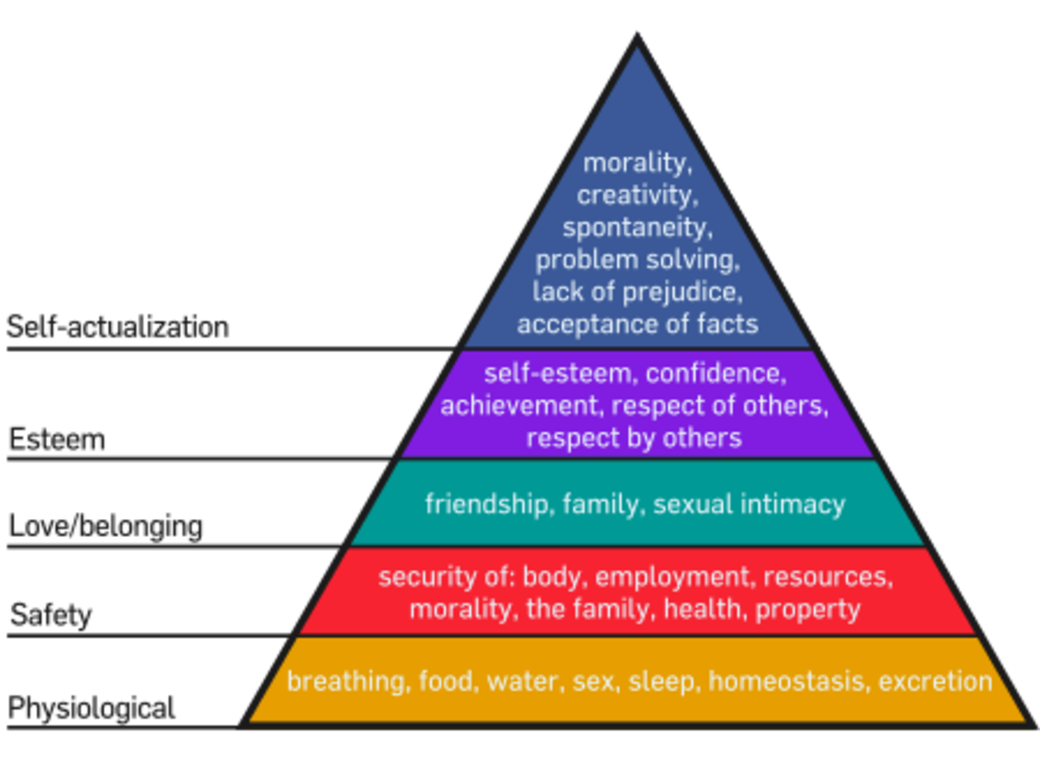
Almost everything we do (or don't do, for that matter) at work can be traced back to motivation: It's the reason some employees are engaged, others are disenchanted and still others are actively looking to leave. It's the reason some of us love going to work, and the reason some of us hate it.
Understanding the catalysts for motivation — in particular, how to attract and maintain a motivated workforce — is at the crux of every company leader’s career success. There are several different psychological theories about motivation, and each one prescribes a slightly different strategy.
Many leaders may have read about self-determination theory (a popular one in the world of work), but I’d like to expand and talk a little bit about the theories that contributed to SDT. While this is by no means an exhaustive list, below are three other theories, and how each can address common motivation problems.
If You’re Faced with an Underperformer
If an employee is underperforming, most managers simply assume they’re untalented. But I’ve discovered that lack of skill is actually one of the least common reasons an employee struggles at work. So, what gives?
This question is best answered through expectancy-value theory, which suggests that motivation is based on three things:
1. Our expectations about our own abilities (efficacy)
2. Our expectations about our environment (outcome)
3. How much we value the task at hand (value)
Considering each of these can help leaders identify the root cause of most performance issues.For example, if you think your employee’s poor performance is due to poor confidence (“low efficacy-expectancy”)—i.e., she doesn’t expect to succeed—try to identify the source of this lack of confidence. Give her a focused pep talk or reinforce positive feedback—perhaps a bad presentation sent her into a confidence tailspin.
If she seems confident in her skillset, but risk averse (“low outcome-expectancy”) because she thinks the outcome is out of her control, work with her to become comfortable in uncertain situations by walking through best- and worst-case scenarios. Discuss how to manage the situation, and explain that outcomes can largely be controlled through planning and preparation.
If your employee is both talented and optimistic, she might be struggling to find “value” in her work. Work must be meaningful. Try showing her how a project or presentation ties back to larger organizational goals—or attributes to her long-term professional goals. If none of these strategies strike a chord, then it’s time to consider skillset as the main issue, and discuss whether training could help.
If You’re Charged with Building Culture
For company leaders interested in building a culture conducive to motivation, the modern “culture” trends might feel overwhelming. While perks are nice (we have a candy wall at Cornerstone), creating culture is much more detailed and strategic. To help you prioritize, take a page from Abraham Maslow’s hierarchy of needs.
He proposed that humans have five categories of needs, and that “primitive needs” (such as hunger and safety) must be fulfilled before we care about “growth needs” (such as friendship, achievement or creativity). In other words, if you want to motivate employees to strive for the top of the pyramid (after all, more creative problem-solvers are better for business), you should create an environment that meets their most basic needs first.

Source: Psychology Today
This doesn’t mean you need to provide free lunch and nap pods. You can meet basic needs through other means, such as paying a living wage, responding to toxic behavior quickly and creating a supportive culture through mentorship and events.
Studies show that providing such “safety” and “belonging” can impact your bottom line: A report from Cornerstone found that good employees are 54 percent more likely to quit if a toxic employee is on their team, and Gallup’s 2017 State of the Workplace study found that if six in 10 employees had a best friend at work, organizations could realize 36 percent fewer safety incidents, 7 percent more engaged customers and 12 percent higher profit.
If You’re Entering Performance Review Season
Your job as an HR professional, department manager or CEO is essentially the same: Help people identify their goals and achieve favorable outcomes. The process that takes you from "goal" to "outcome" is motivation. It’s the “why” behind what you do, and understanding this “why” is critical for providing context around past performance, setting annual goals and helping employees achieve those goals.
Goal-orientation theory suggests there are two main “whys”: Performance-oriented, or "extrinsically motivated,” people determine their success by outcome and the amount of recognition they receive from others. Learning-oriented people, or those who are "intrinsically motivated," measure success by the process as opposed to the destination.
If an employee is performance-oriented, you may want to tie more hard goals and opportunities for recognition to their performance review. If an employee is learning-oriented, you should provide them with stretch goals, or opportunities to expand their skillsets and take on responsibilities outside of their typical role. Recent studies show that people can also be multiple goal-oriented.
If that’s the case, provide your employee with a bit of both. For a sales manager, this might mean giving a bonus for an aggressive quarterly sales quota (performance), but also offering them an opportunity to mentor an entry-level employee (learning).
Regardless of the theories you adhere to, I believe one of the most important parts of motivation is remembering that opportunities to improve and succeed are endless. I often repeat the phrase “always be developing” to my team. If you apply this mentality of infinite possibility to your conversations with employees, I think you’ll be surprised by the things they can do.



